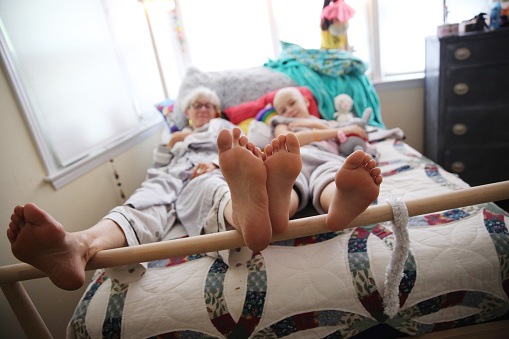
Age disparities between cancer trial participants and the actual disease population are prevalent across all trials and are increasing over time, according to research authors who published a study in JAMA Oncology.
In this study, researchers sought to characterize the age disparity of trial participants enrolled in randomized clinical trials (RCTs) of the four most common cancers sites (breast, prostate, colorectal, and lung cancer). They conducted the study by analyzing 302 randomized clinical trials which comprised 262,354 participants with years of enrollment initiation ranging between 1994 to 2015. The study’s main outcomes and measures included difference in median age (DMA) between participants and the cancer population in each respective disease-site-specific cohort. All trial data was obtained from ClinicalTrials.gov and were analyzed in 2018.
‘Substantial’ Age Difference Between Population and Participants
According to the study results, across all trials, the median age of trial participants was an average of almost seven years younger than the population median age (95% CI, −7.17 to −5.81 years). Age disparities were augmented among industry-funded trials juxtaposed with non–industry-funded trials (mean DMA, −6.84 vs −4.72 years). Moreover, enrollment criteria restrictions based on performance status or age cutoffs were associated with age disparities; however, industry-funded trials were not found to more likely to use these enrollment restrictions when compared non–industry-funded trials. Furthermore, age disparities were also more pronounced among trials that evaluated a targeted systemic therapy and among lung cancer trials.
In JAMA Onc today—led by some of the youngest members of our field, compelling evidence of the need to do better in including older adults in cancer trials. https://t.co/fq2PR5SxZF
— Reshma Jagsi (@reshmajagsi) June 3, 2019
“Across all trials, we observed a substantial difference between the median age of trial participants and the population median age by disease site,” the authors wrote. “Historically, the federal government has addressed cancer clinical trial enrollment disparities by primarily focusing on sex and race/ethnicity. While prior reports have shown some successes in addressing those imbalances, our data demonstrate that age disparities remain a persistent and worsening problem for oncology trials. Furthermore, industry-funded trials were associated with wider age disparities, and government initiatives generally do not extend to that setting.”
They further noted that the role “of industry sponsorship is particularly noteworthy given the increasing proportion of industry-funded oncologic RCTs. Concerns regarding industry sponsorship leading to bias in results reporting have been expressed previously, but to our knowledge, no prior studies have demonstrated demographic disparities among trial participants as a function of industry funding.”
Overall, the authors concluded that “a potential contributing factor could be that industry-funded trials might be more available at centers treating a greater proportion of younger patients; notably, we identified no association between industry funding and increased use of age-based or performance status–based enrollment criteria. Understanding the basis for the observed association between industry sponsorship and age disparities is critical to address this challenge.”
Great work @ebludmir! Equity in trial access requires intentionality in trial design; maybe industry sponsored trials have overall stricter inclusion/ exclusion criteria? https://t.co/95kU0bzWW4
— Lauren E. Colbert, MD MSCR (@colbertle) June 4, 2019
Age Disparities Among Cancer Clinical Trial Participants https://t.co/eVOjaYobTC
— Ray DuBois, MD, PhD (@Rndubois) June 4, 2019







 © 2025 Mashup Media, LLC, a Formedics Property. All Rights Reserved.
© 2025 Mashup Media, LLC, a Formedics Property. All Rights Reserved.